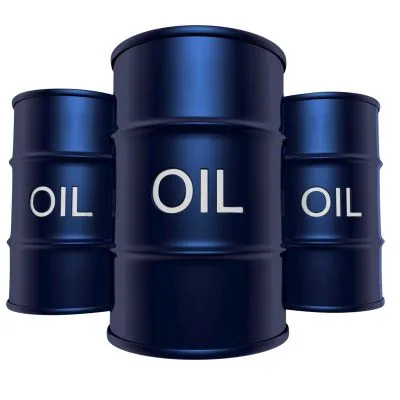The Nigerian Upstream Petroleum Regulatory Commission (NUPRC) has disclosed that the nation’s oil and condensate reserves stood at 37.28 billion barrels as of January 1, 2025—a marginal decline of about 0.60 per cent.
Despite the slight dip, Nigeria maintained its position as Africa’s second-largest holder of crude oil reserves, trailing only Libya, which has an estimated 48.36 billion barrels. However, Nigeria remains the continent’s top producer.
In contrast to the slight drop in oil reserves, the country’s gas reserves increased to 210.54 Trillion Cubic Feet (TCF), marking a 0.61 per cent rise. This solidifies Nigeria’s position as the leading gas reserve holder in Africa and around ninth globally, reaffirming its status as a “gas nation.”
In recent years, the country has shifted focus to developing its gas resources, cutting down flaring significantly and actively exploring for gas, rather than treating it as an incidental by-product of crude oil drilling.
Globally, Nigeria’s gas reserves now rank behind Russia, Iran, Qatar, the United States, Saudi Arabia, Turkmenistan, the United Arab Emirates (UAE), and Venezuela.
In a statement signed by the Commission’s Chief Executive, Gbenga Komolafe, the NUPRC noted that Nigeria’s reserves life index as of January 1, 2025, was 64 years for crude oil and 93 years for gas.
According to the commission, the announcement aligns with its obligations under the Petroleum Industry Act (PIA), 2021.
Last year, the commission reported combined oil and condensate reserves of 37.50 billion barrels, while gas reserves stood at 209.26 TCF—split between 102.59 TCF of Associated Gas and 106.67 TCF of Non-Associated Gas.
Providing updated figures, Komolafe stated, “The commission, in keeping with its mandate as enshrined in the Petroleum Industry Act, 2021 (PIA), is committed to driving the efficiency and effectiveness of the upstream oil and gas sector, enhancing the growth of oil and gas reserves and ensuring sustainable increase in oil and gas production for shared prosperity, as articulated in the Regulatory Action Plan (RAP) for 2024 and the near term.”
He added, “Against the foregoing, I am pleased to present to you an overview of the nation’s oil, condensate, associated gas, and non-associated gas reserves as of January 1, 2025, as follows: 2P crude oil and condensate reserves stand at 31.44 billion barrels and 5.84 billion barrels respectively, amounting to a total of 37.28 billion barrels.”
“2P Associated Gas and Non-Associated Gas reserves stand at 101.03 Trillion Cubic Feet (TCF) and 109.51 TCF, respectively, resulting in total gas reserves of 210.54 TCF. The reserves life index is 64 years and 93 years for oil and gas, respectively,” the statement continued.
The term “2P reserves” refers to “proven reserves,” a category that reflects the best estimate of recoverable oil and gas resources in a given area.
Komolafe explained that the public release was a statutory duty: “In view of the above, and in furtherance of Chapter 1, Part III, Section 7 (g), (i), (j), (k), (m), (q), (r), and other powers enabling me in this respect, I, Engr. Gbenga Olu Komolafe, Commission Chief Executive, hereby declare the total oil and condensate reserves of 37.28 billion barrels and total gas reserves of 210.54 trillion cubic feet as the official national petroleum reserves position as of January 1, 2025.”
Internationally, Nigeria ranks around 11th in proven crude oil reserves. Despite this, the country’s share of global production remains lower than expected, due to factors such as underinvestment, infrastructure limitations, security challenges, and regulatory uncertainty.
This underperformance has led to Nigeria producing below its potential, even with its strong reserve base.
Meanwhile, Nigeria’s crude oil output fell to a five-month low in March 2025, averaging 1.4 million barrels per day (bpd) during the period.
Production had previously shown signs of recovery, with figures recorded at 1.48 million bpd in both November and December last year, rising to 1.53 million bpd in January before dipping to 1.46 million bpd in February, and finally 1.4 million bpd in March.
The NUPRC noted that this figure represents 93 per cent of Nigeria’s Organisation of Petroleum Exporting Countries (OPEC) quota of 1.5 million bpd—down from 98 per cent compliance in February.
While the commission did not cite specific causes for the decline, attacks on pipelines amid political unrest in Rivers State, a key oil-producing region, were reported in March, leading to the temporary suspension of several operations.
According to the regulator’s data, Nigeria’s lowest and peak combined crude oil and condensate output in March stood at 1.46 million bpd and 1.76 million bpd, respectively. Notably, OPEC does not count condensate toward member countries’ oil production quotas.



